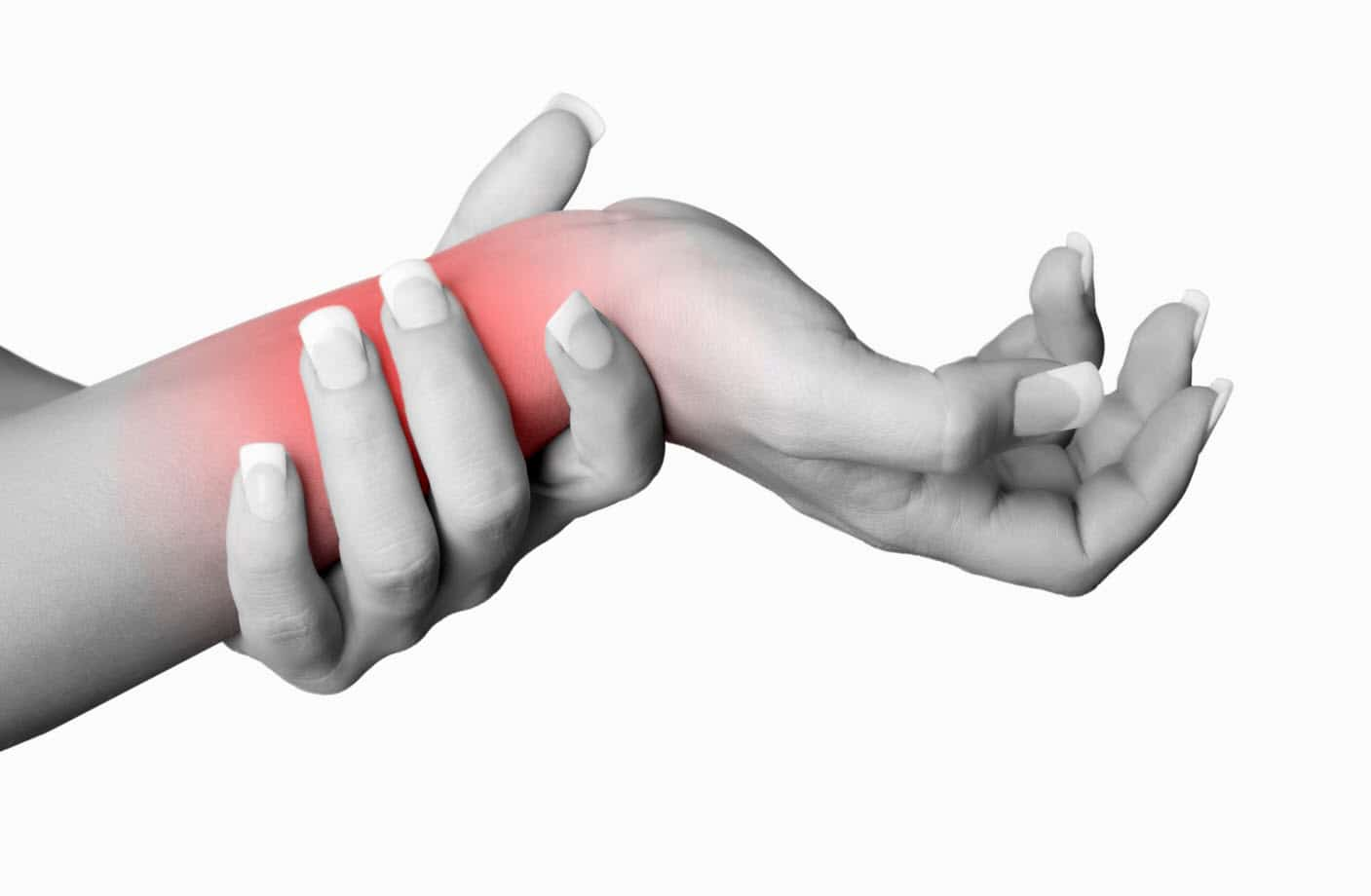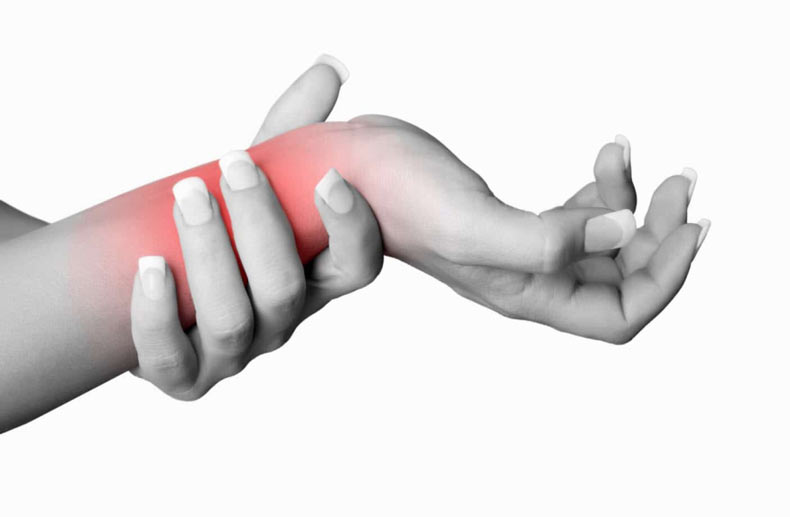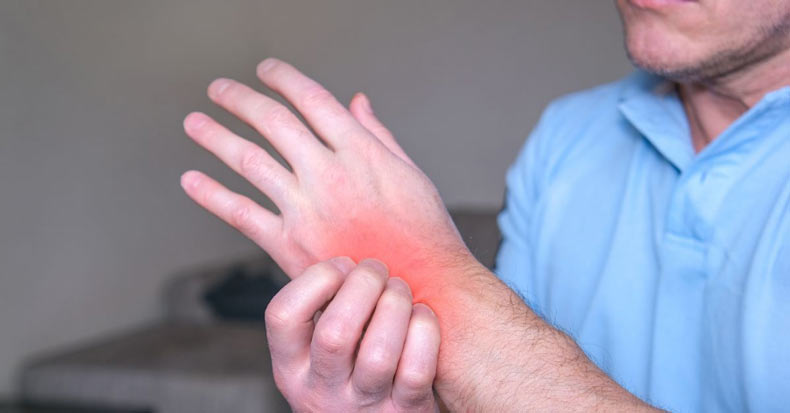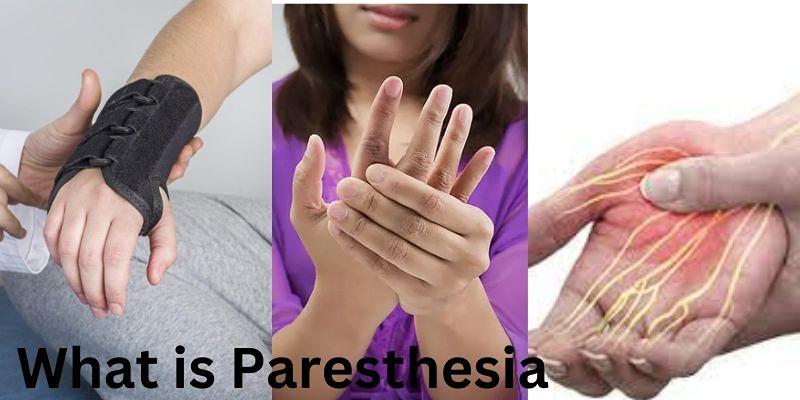Have you ever experienced a tingling sensation on your skin, even when no physical contact has been made? If so, then you may have encountered paresthesia. This strange phenomenon can be quite disorienting and frightening since it often appears out of nowhere. Although this affliction can affect any body part, its most common site is the hands or feet.
Paresthesia isn't usually serious and sometimes goes away without treatment; however, if the sensations are recurrent or last for extended periods, medical advice should be sought immediately. Let's take a closer look at this condition to better understand what causes paresthesia and what treatments are available.
What Is Paresthesia?


Paresthesia is a sensation of tingling, burning, pricking, or numbness in the skin that can occur without any physical cause. It is a common symptom and can affect any body part, including your hands and feet.
Paresthesia occurs due to an interruption in nerve signaling and can be caused by various medical conditions. It is often transient but can be a sign of an underlying neurological problem or disorder if it persists.
Common causes of paresthesia include nerve injury due to trauma, diabetes, vitamin B12 deficiency, multiple sclerosis, stroke, hypothyroidism, and certain medications. Treatment for paresthesia usually focuses on the underlying cause, such as addressing a vitamin deficiency or managing diabetes. In some cases, medications can be used to treat symptoms of paresthesia.
If you experience paresthesia that does not go away after a few days or if it is associated with other symptoms, it is important to see your doctor for an evaluation. Your doctor can help diagnose the cause of your paresthesia and provide treatment to relieve your symptoms.
Paresthesia Symptoms

Common symptoms of paresthesia can include a burning sensation, numbness, tingling, pricking, or itching. These feelings are typically felt in the hands, feet, arms, and legs but can also be experienced in other body areas. The sensations may come and go over time, or they may last extended periods of time. The sensations may sometimes be accompanied by muscular weakness or pain.
Additionally, there are two types of paresthesia: chronic and acute. Acute paresthesia is a short-term sensation that typically lasts for a few minutes or hours, while chronic paresthesia lasts much longer and can last from weeks to months. If the sensations last more than a few months, seeking medical attention as soon as possible is important.
Paresthesia Causes
The cause of paresthesia vary widely and can be caused by physical trauma or compression of nerves, such as sitting or sleeping in an awkward position for a prolonged period. Other causes include diabetes and multiple sclerosis, vitamin deficiencies, low blood sugar levels, stroke or traumatic brain injury, and side effects from certain medications. In some cases, the cause may be unknown.
Paresthesia symptoms can range from mild to severe. Mild symptoms may include a tingling or burning sensation in the affected area, lasting for several minutes or up to several hours. Severe symptoms can include numbness and weakness in the affected area accompanied by pain, muscle spasms, or loss of coordination.
If you experience paresthesia, contacting your healthcare provider as soon as possible is important to determine the cause and develop an appropriate treatment plan.
Paresthesia treatment depends on its underlying cause and may include lifestyle changes, medications, or surgery. If a physical injury is causing paresthesia, it may take several weeks for symptoms to improve. It is important to follow your doctor's instructions for best results.
Paresthesia Risk Factors
Several risk factors can increase the chance of developing paresthesia. These include:
- Having an underlying medical condition such as diabetes, multiple sclerosis, stroke, or any other condition that affects the nerves.
- Taking certain medications that damage the nerves, such as chemotherapy drugs or opioid painkillers.
- Being exposed to toxic substances, such as lead or mercury.
- Undergoing radiation therapy.
- Engaging in activities that cause direct nerve compression and damage, such as sleeping with an arm beneath your head for a long or sitting in the same position for hours.
- Being pregnant or giving birth can cause hormone fluctuations that lead to nerve damage.
It is important to be aware of the potential risk factors for paresthesia to take steps to reduce your chances of developing it. Preventive measures such as avoiding contact with toxins and frequently changing positions when sitting or sleeping can help reduce the risk. If you are taking medications that could be causing nerve damage, talk to your doctor about alternatives.
Paresthesia Diagnosis
Diagnosing paresthesia is done by a physical examination, reviewing medical history, and any other tests such as an MRI or EEG to rule out any underlying conditions.
Treating paresthesia usually involves addressing the underlying condition that causes it. Depending on the cause, treatment may include medications, lifestyle changes, or physical therapy.
Patients should talk to their doctor if they experience numbness or tingling in their extremities, as these symptoms could indicate an underlying medical condition. It is important to seek medical help promptly so that the cause can be diagnosed and the appropriate treatment plan can be formulated.
How is paresthesia treated?
In many cases, paresthesia resolves on its own without the need for treatment. However, if it is caused by a medical condition or other underlying issue, treatment may be needed to address this and alleviate the symptoms of paresthesia.
Treatment options vary depending on the cause but can include medications, physical therapy, occupational therapy, nerve blocks, and surgery. If the underlying cause of paresthesia cannot be identified or treated, symptom management is typically the goal.
This may include managing relief with medications, physical therapy to reduce discomfort in affected areas, lifestyle changes to minimize stress levels and improve sleep quality, and complementary therapies such as acupuncture and massage.
FAQs
What nerve causes paresthesia?
In general, paresthesia is caused by dysfunction of a nerve or group of nerves. This can be due to direct damage, such as trauma or physical pressure on the nerve, or conditions that cause inflammation of the nerve and its associated structures, such as diabetes or multiple sclerosis. Paresthesia may also occur due to la ack of oxygen or imbalances of certain chemicals in the body, such as electrolytes. In some cases, medications may cause paresthesia as a side effect.
What is an example of paresthesia?
One example of paresthesia is the sensation of pins and needles, which can occur when a limb "falls asleep" due to pressure on a nerve. Another example is burning sensations in the skin or muscles, which may be caused by inflammation of the nerve or associated structures. Paresthesia can also manifest as numbness. Or a tingling feeling may be localized to one area or occur throughout the body.
What other conditions can cause paresthesia?
In addition to direct physical damage and inflammation of nerves, certain metabolic diseases, such as diabetes, can lead to nerve dysfunction and paresthesia. Dehydration, anemia, hypothyroidism, and vitamin deficiencies can also cause paresthesia. Certain medications may lead to nerve damage or inflammation that can cause parent and other neurological symptoms. In rare cases, tumors may also cause paresthesia.
Conclusion
In Conclusion, paresthesia is a medical condition involving abnormal sensations such as tingling or burning in the skin. A variety can cause it, from physical damage to nerves and medical conditions like diabetes.
It is important to speak with your doctor if you experience any of these symptoms, as they may indicate an underlying medical issue. Your doctor can provide treatment and advice for managing your condition.




